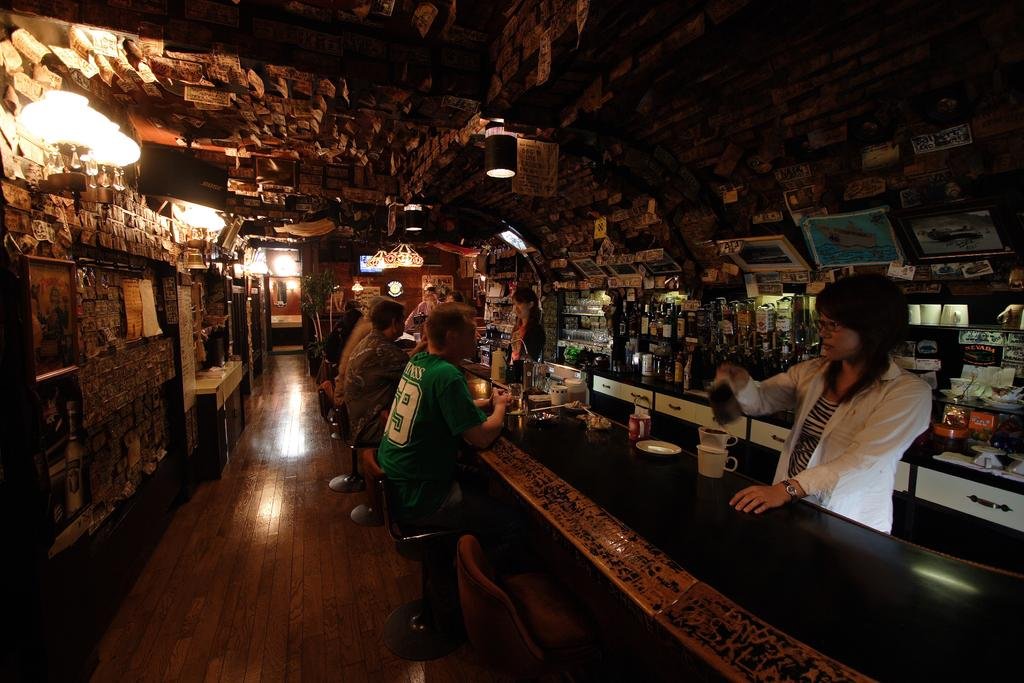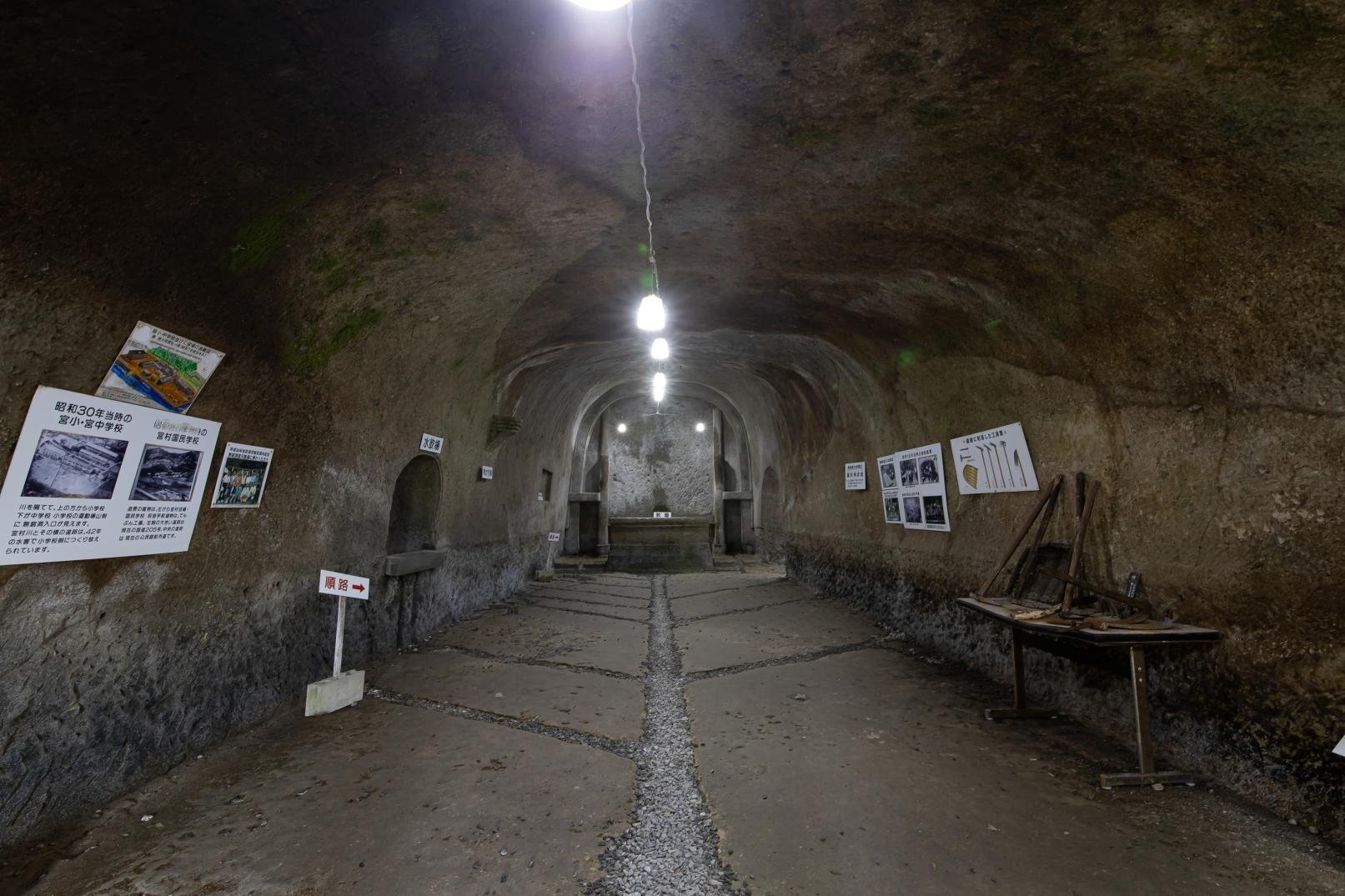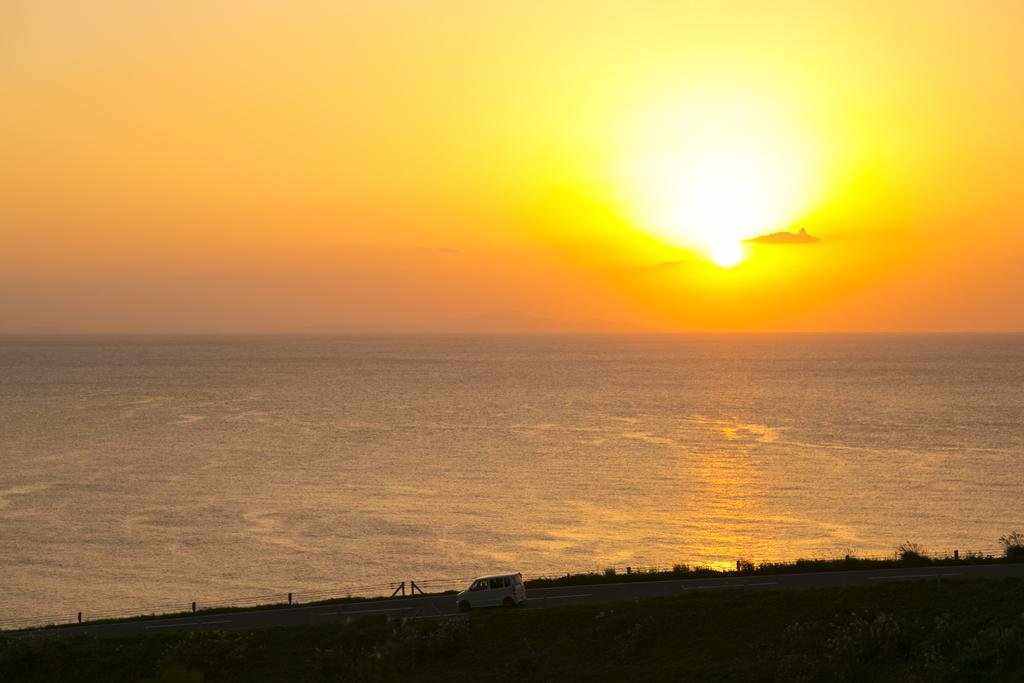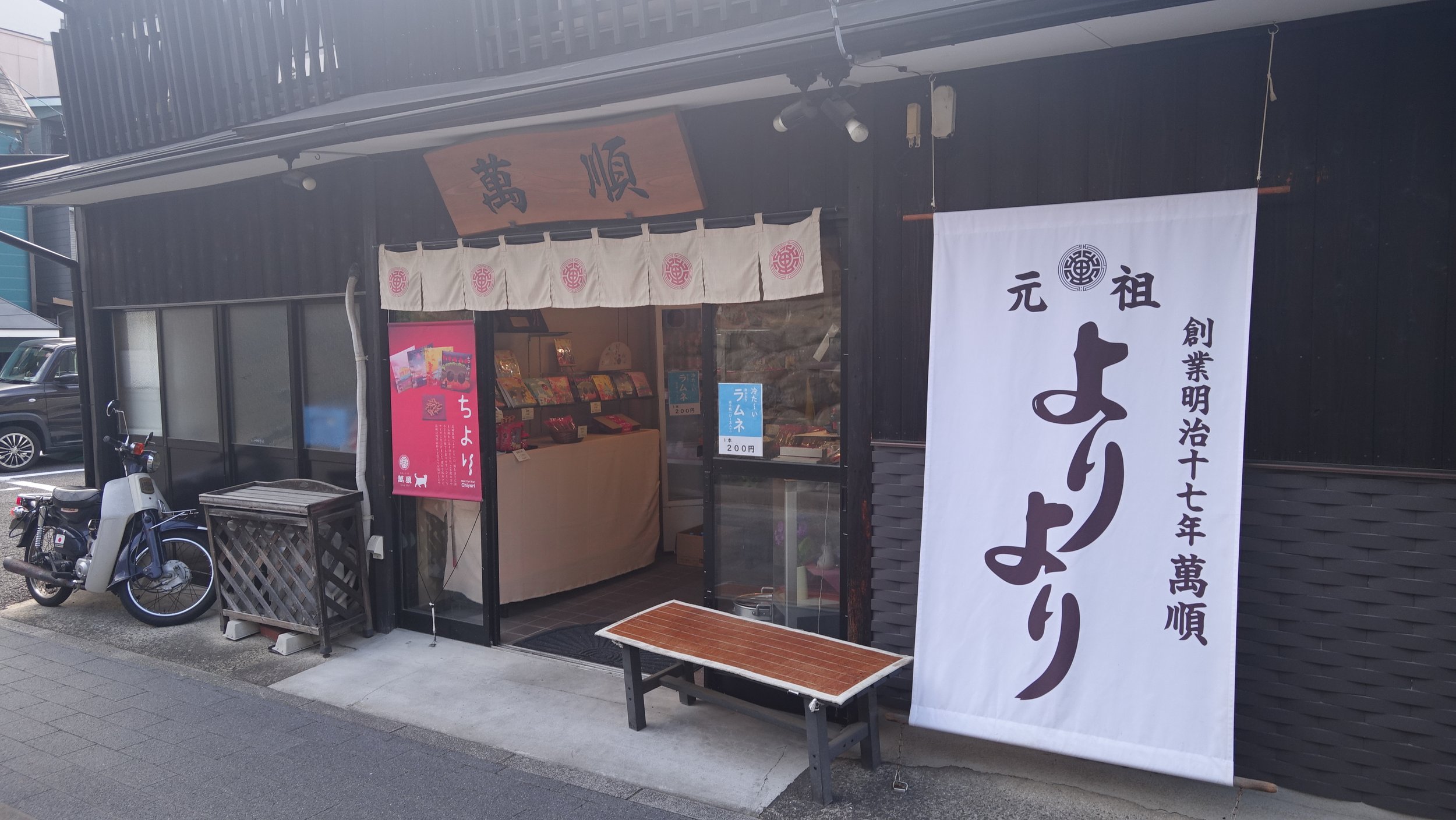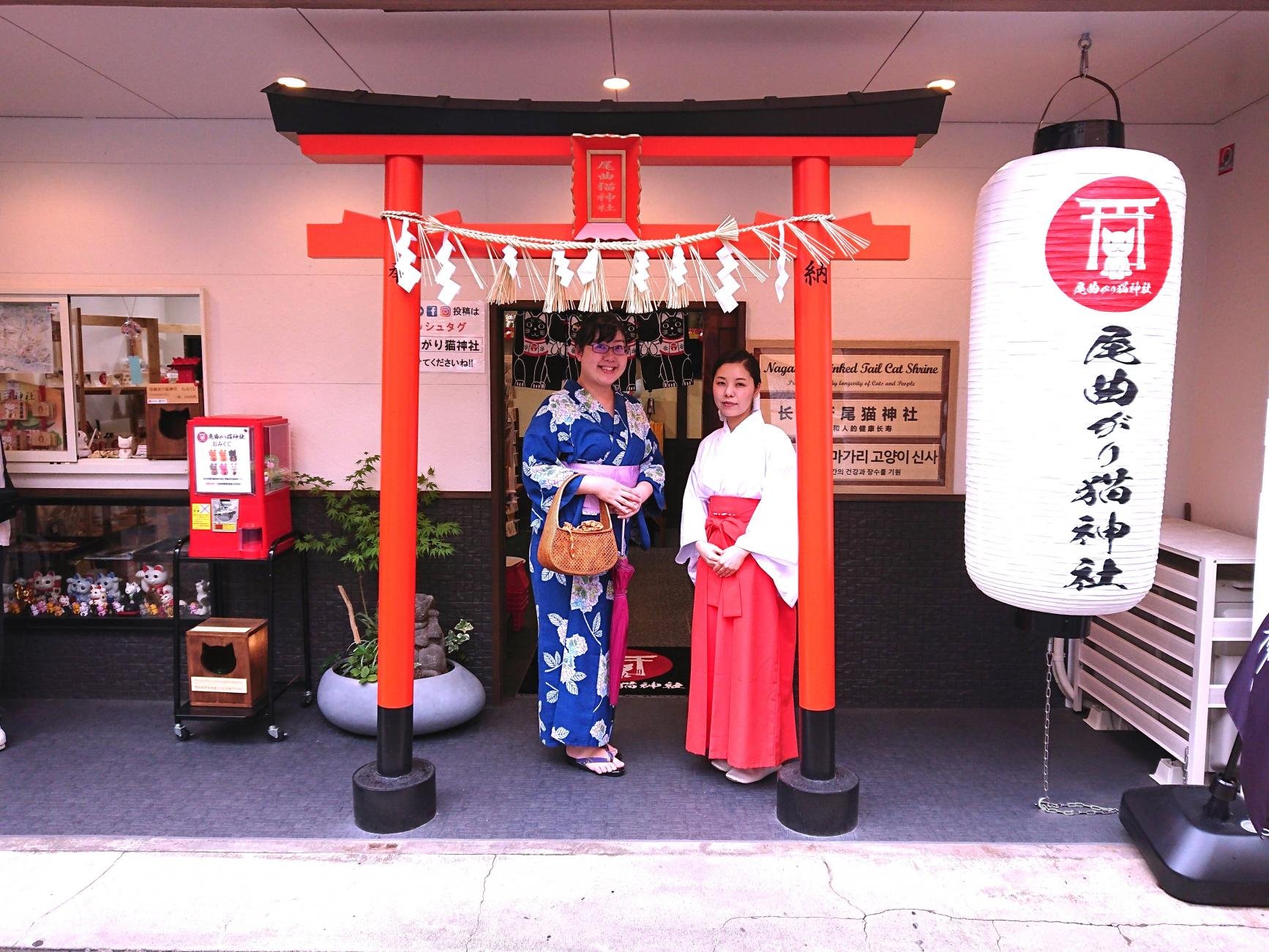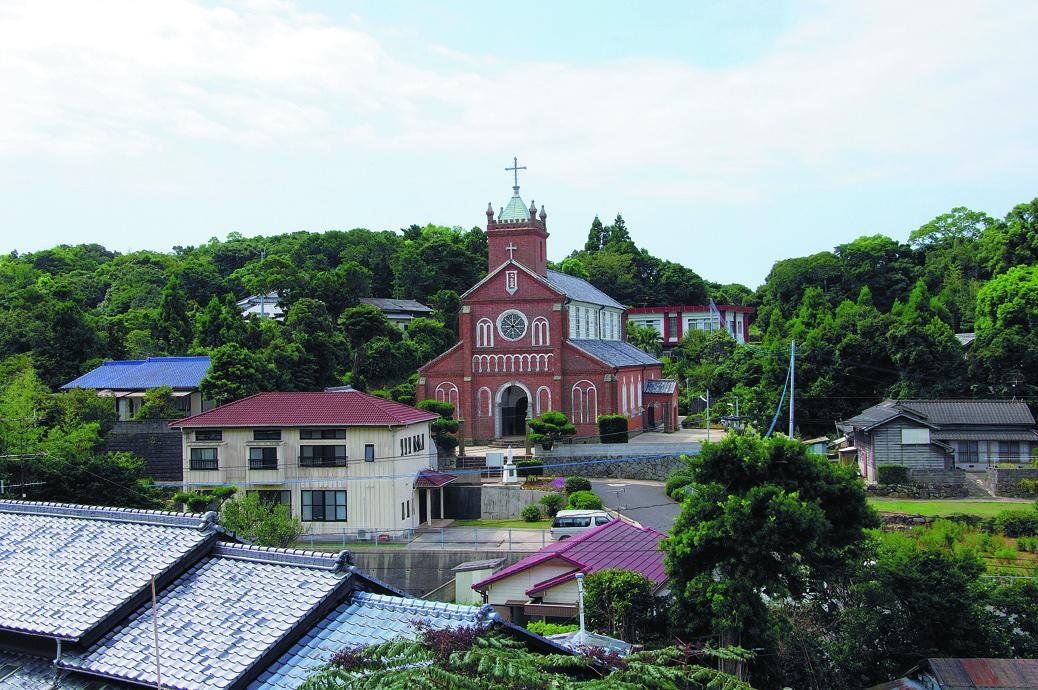
Explore the Enigmatic Beauty of Nagasaki: A Journey Through Time and Culture
Nagasaki, a city shrouded in mystery, beckons you to embark on a journey that transcends time and space. With its temple districts, historical sites, and cultural treasures, Nagasaki is a captivating destination that blends the traditions of Japan with the influences of the outside world. Join us as we delve into the secrets of this city, uncovering its unique stories and immersing ourselves in its distinct charm.
Teramachi's Tapestry of History and Culture.
Unraveling the Historical and Cultural Riches of Nagasaki's Teramachi
-
Detail the historical and cultural significance of Nagasaki's temple district, Teramachi. Explore its role as a melting pot of Japanese tradition and foreign influences, encapsulating centuries of trade, cultural exchange, and resilience. Highlight the exotic architectural styles of Kōfuku-ji and other temples as a testament to Nagasaki's tolerant past. Delve into the stories of hidden Christians and their impact on the religious landscape. Emphasize the area as a living museum, reflecting the broader narrative of Nagasaki's rich historical saga.
Siebold and Hydrangeas: A Love Story Woven with Botany
Siebold's Legacy: A Botanical Journey through Nagasaki's History
-
Chronicle the life of Philipp Franz von Siebold, a German doctor who introduced Western medicine to Japan, and his connection to Nagasaki. Explore the dual narrative of his contributions and the beauty of hydrangeas, symbolizing Siebold's legacy intertwined with Nagasaki's natural splendor. Address the contemporary disconnect between local residents and the appreciation of hydrangeas, hinting at a broader theme of cultural amnesia and the need for reconnection with heritage.
The Sugar Road: Nagasaki's Sweet Link to the World
Tracing Nagasaki's Sweet History Along the Sugar Road.
-
Investigate the historical significance of the Sugar Road, pivotal in Edo period trade and cultural exchange. Discuss how this path not only facilitated commerce but also cultural intermingling, leaving an indelible mark on Nagasaki's identity. Contrast this rich history with the present-day decline of traditional sweet shops in Teramachi, reflecting changes in local tastes and perceptions, and pondering the implications for cultural preservation.
Pick Up!
Nagasaki Kunchi Festival 2024
The Nagasaki Kunchi Festival is an annual autumn festival held in Nagasaki, Japan, from October 7th to 9th. This vibrant event, one of the region's most famous, boasts over 400 years of history. Dedicated to Suwa Shrine, it celebrates the fusion of Japanese tradition with the influences of Nagasaki's rich international trading past.
Having witnessed the performances firsthand, I was deeply moved. The collaboration between adults and children, the sense of history and culture, and the fervor of both performers and audience were truly powerful. Experiencing Nagasaki Kunchi in person is essential; no video can replicate the raw energy and authentic emotion. It's a truly unforgettable experience.



Nagasaki's Culinary Journey: A Fusion of Flavors
Nagasaki's culinary landscape is a testament to its rich history and cultural diversity.
-
Nagasaki's culinary landscape is a testament to its rich history and cultural diversity. The blending of Japanese, Chinese, and Western influences has resulted in a unique fusion of flavors. From the famous Champon noodles to the beloved Castella cake, Nagasaki's cuisine reflects its cosmopolitan past. However, we must also address the changing tastes of the local population, as the preference for sweeter dishes has waned over time. This shift in culinary preferences highlights the city's adaptation to modern tastes while raising questions about the preservation of traditional flavors.
-
Traditional Nagasaki cuisine is known for using plenty of sugar, so dishes are expected to be sweet.
Imagine being invited by someone you think you are close to.
If the meal they serve you is not sweet,
it indicates that you are considered an "unwelcome guest."
You should leave right away.
Cultural and Spiritual Quest in Teramachi
Teramachi's graveyards offer a glimpse into the spiritual and cultural practices of Nagasaki.
-
Teramachi's graveyards offer a glimpse into the spiritual and cultural practices of Nagasaki. The gilded characters on gravestones and the presence of 'DOSHIN' statues create a bright and welcoming atmosphere, challenging conventional perceptions of graveyards. These practices reflect Nagasaki's broader cultural and spiritual ethos, offering insights into the city's approach to life, death, and commemoration. Join us as we explore the unique customs and traditions of Teramachi's graveyards.
Nagasaki Broadcasting has preserved some precious old video recordings.
Nagasaki's Obon festival is unique. While graves serve to honor ancestors, the tradition is celebrated with a lively and cheerful festival atmosphere.
Nagasaki's Natural Splendor: A Connection to the Earth
Nagasaki is blessed with natural beauty that surrounds the city.
-
Nagasaki is blessed with natural beauty that surrounds the city. From the serene landscapes of Teramachi to the vibrant hydrangeas associated with Siebold's story, the city offers a breathtaking experience for nature lovers. The city's harbor, with its close proximity to sailing ships, adds to the charm of Nagasaki and its connection to the broader world. However, we must also acknowledge the changes that have occurred in recent years. The decline in traditional housing and the unchecked development of high-rise buildings have altered Nagasaki's landscape, impacting the city's natural and architectural heritage.
Conclusion - Nagasaki: A Mosaic of History, Culture, and Taste
Nagasaki is a city that weaves together history, culture, and taste to create a unique mosaic.
-
Nagasaki is a city that weaves together history, culture, and taste to create a unique mosaic. Its rich tapestry of stories, traditions, and natural beauty makes it an unforgettable destination for travelers. This article is just the beginning of our exploration of Nagasaki's 'light and shadow.' Join us in future installments as we delve deeper into the layers of this enigmatic city, unraveling its hidden gems and uncovering the interplay of creation and destruction that shape its identity.
"Tsushima Leopard Cat and the Biodiversity of Tsushima: The Charm of an Island in Harmony with Nature"
The Tsushima Leopard Cat, a symbol of Tsushima's rich biodiversity, represents the deep connection between the island's natural environment and its people. As an endangered species, this wild cat is unique to Tsushima and reflects the island's efforts in conservation and cultural preservation. This article explores the charm of the Tsushima Leopard Cat and the various conservation activities taking place on the island.
-
Tsushima is renowned for its rich and diverse ecosystem, hosting a variety of plant and animal species unique to the island. Among these, the Tsushima Leopard Cat stands out as an endangered species found only on this remote island. Small and charming, this wild cat plays a significant role in the island's natural environment and cultural heritage.
Tsushima's temperate climate supports a wide range of species, making it an important migration stop for birds traveling between Japan and Korea. However, human activities pose potential threats to the ecosystem. To protect the Tsushima Leopard Cat, local and international conservation programs are actively working to preserve Tsushima's unique biodiversity. The cat also holds cultural significance, appearing in local folklore and traditions, symbolizing the deep connection between the island's people and nature.
Visitors can learn more about Tsushima's wildlife at the Tsushima Wildlife Conservation Center, where guided trekking tours provide an opportunity to explore the island's unique biodiversity, including a chance to observe the elusive Tsushima Leopard Cat in its natural habitat.
"Ryujin Shrine: A Hidden Cultural Treasure in Omura"
Nestled in the lush landscapes of Omura City, Nagasaki, Ryujin Shrine offers visitors a spiritual experience with its deep historical roots and traditional Japanese architecture. Facing Omura Bay, the shrine is famous for the stunning views from its iconic torii gate. Discover the cultural and natural wonders of Omura, an idyllic blend of nature, history, and gastronomy that invites travelers to explore its unique charm.
-
Located in Omura City, Nagasaki Prefecture, Ryujin Shrine stands as a symbol of spirituality and cultural heritage. Its torii gate, overlooking the beautiful Omura Bay, is a captivating sight that draws visitors from all over the world. With roots steeped in history, the shrine is not just a place of worship but a showcase of traditional Japanese craftsmanship and architectural beauty.
Omura itself is a hidden gem, offering travelers a unique blend of nature and culture. From the serenity of Omura Park’s cherry blossoms to the vibrant marine life in Omura Bay, the city presents a multitude of natural attractions. Visitors can immerse themselves in cultural experiences like pottery workshops, local festivals, and tea ceremonies that highlight Omura's traditions.
The culinary scene in Omura is another highlight, featuring fresh local ingredients and specialty dishes such as Omura Sushi. Fine dining experiences at renowned local restaurants further define the city’s gastronomic identity, making Omura a must-visit destination for affluent travelers seeking a blend of nature, culture, and history.
By positioning the shrine and Omura's offerings in this manner, you invite tourists to explore the lesser-known but richly rewarding experiences the area provides.
“Nagasaki holds a special place in Japan’s history, characterized by multiple episodes of “rebirth from destruction.” The narrative of “light and shadow” crafted by its past mesmerizes visitors to this city.”
““The sashimi from the neighborhood supermarket is perfectly delicious just as it is.”
”Even without towering skyscrapers or elaborate theme parks, the city’s charm stands on its own.”
”A treasure trove of culinary delights and rich history”
That’s the essence of Nagasaki.”


